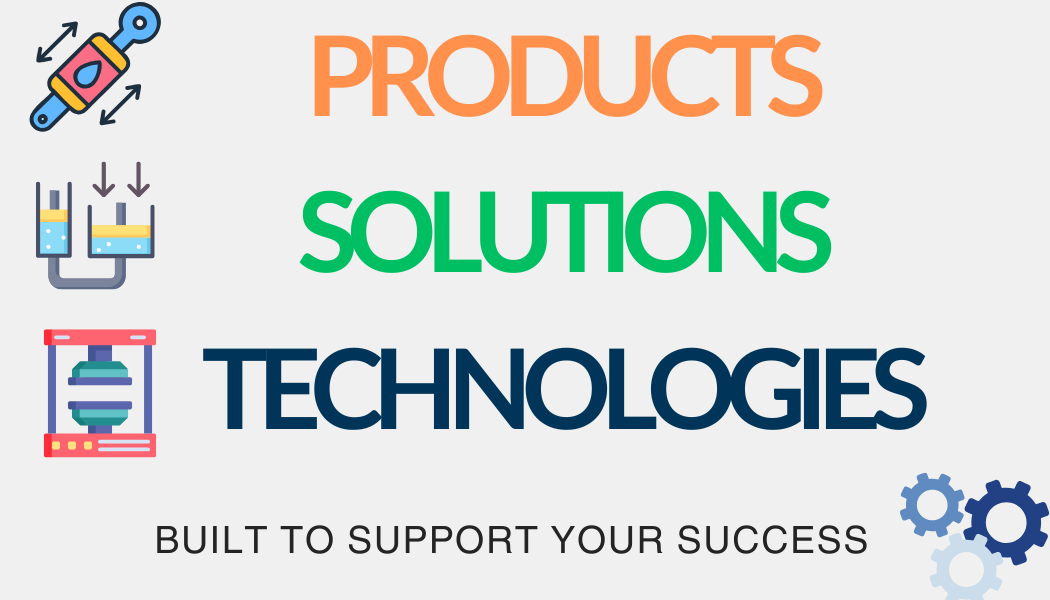Hydraulic pumps
Hydraulic Pumps
Among all hydraulic components, the pump plays one of the most critical roles—it initiates the flow of hydraulic fluid that powers the entire system. Without the hydraulic pump, there would be no pressure, no flow, and no actuation of movement within the system. Selecting the right pump is foundational to the efficiency and reliability of any hydraulic application.
What Is a Hydraulic Pump?
A hydraulic pump is a mechanical source of power that converts mechanical energy into hydraulic energy (flow and pressure). It draws fluid from a reservoir and delivers it into the hydraulic system under pressure. This pressurized fluid is then directed by other hydraulic components to perform useful work—such as moving a cylinder or turning a motor.
Main Types of Hydraulic Pumps
Each pump type is designed for specific performance needs, pressure ranges, and system configurations. Here are the most commonly used types of hydraulic components in pumping applications:
1. Gear Pumps
-
Design: Simple, robust, and cost-effective
-
Operation: Fluid is moved between the teeth of rotating gears
-
Applications: Mobile equipment, light industrial systems
-
Advantages: Reliable, low maintenance
-
Disadvantages: Lower efficiency, fixed displacement
2. Vane Pumps
-
Design: Uses a rotor with extending vanes that slide in and out
-
Operation: Varying chamber sizes push fluid through the outlet
-
Applications: Medium-duty industrial uses
-
Advantages: Quieter operation, better volumetric efficiency
-
Disadvantages: More sensitive to contamination
3. Piston Pumps
-
Design: Uses pistons driven by a swashplate or axial design
-
Operation: Provides fluid under high pressure with adjustable displacement
-
Applications: High-pressure systems, construction machinery, aircraft
-
Advantages: High efficiency, variable displacement options
-
Disadvantages: More expensive, complex maintenance
Fixed vs Variable Displacement Pumps
-
Fixed Displacement: Delivers a constant flow regardless of load or pressure
-
Variable Displacement: Adjusts output flow based on system demand
-
Variable pumps are more efficient in energy-saving applications and are commonly found in advanced hydraulic components for automation and heavy machinery.
Selection Criteria for Hydraulic Pumps
When choosing a hydraulic pump, several factors must be considered to ensure compatibility with the entire system of hydraulic components:
-
System pressure and flow rate requirements
-
Fluid type and temperature range
-
Duty cycle and expected operating hours
-
Environmental considerations (e.g., noise, contamination)
-
Compatibility with other hydraulic components like valves and actuators
Pump Maintenance and Efficiency Tips
To extend pump life and system reliability:
-
Always keep hydraulic fluid clean and at optimal viscosity
-
Avoid cavitation by ensuring proper inlet conditions
-
Monitor for unusual noises or heat, which may indicate wear or contamination
-
Use pressure relief valves and filters as protective hydraulic components
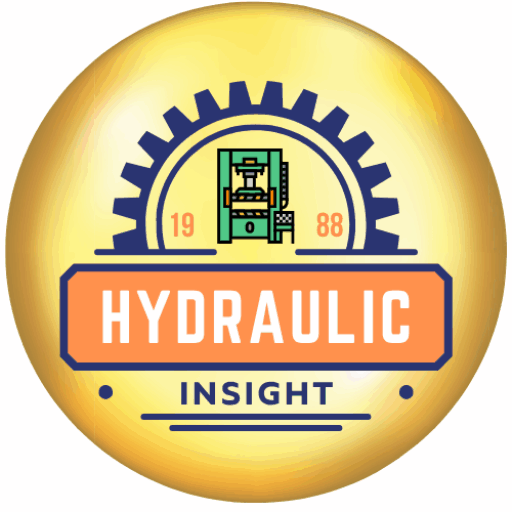
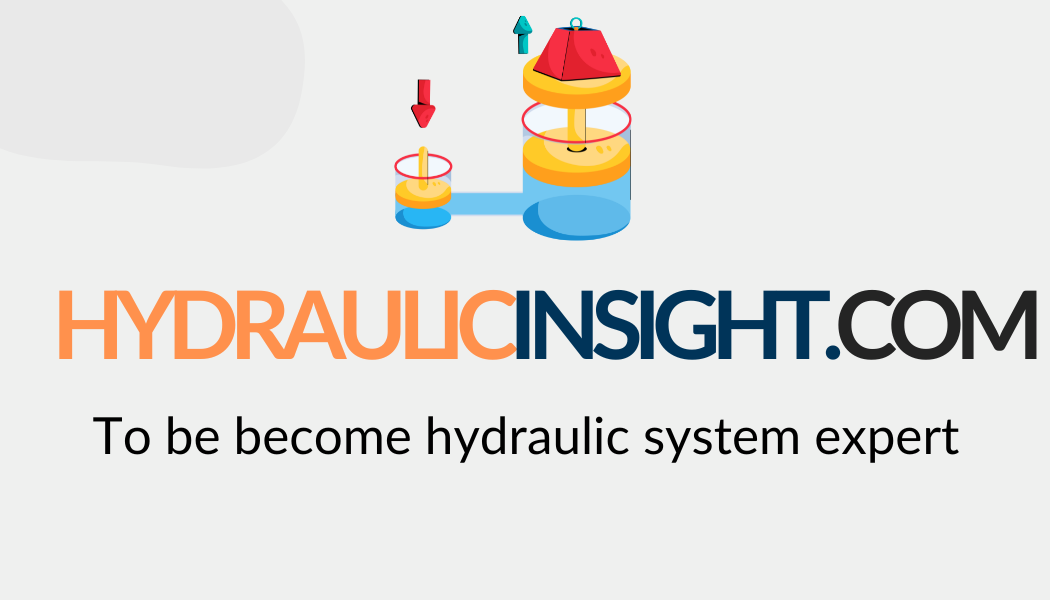
 HYDRAULIC BASICS
HYDRAULIC BASICS  HYDRAULIC COMPONENTS
HYDRAULIC COMPONENTS  HYDRAULIC SYSTEM
HYDRAULIC SYSTEM  HYDRAULIC SYMBOLS
HYDRAULIC SYMBOLS 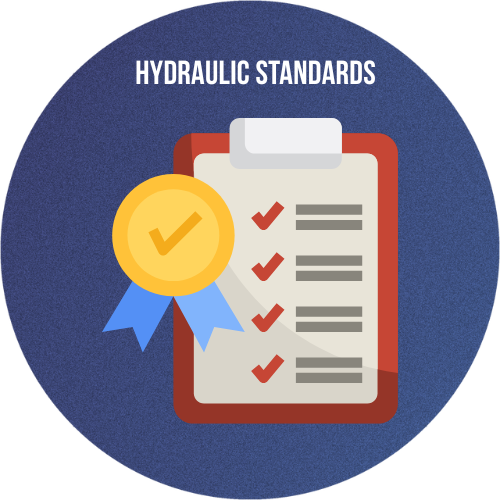 HYDRAULIC STANDARDS
HYDRAULIC STANDARDS  HYDRAULIC CALCULATORS
HYDRAULIC CALCULATORS 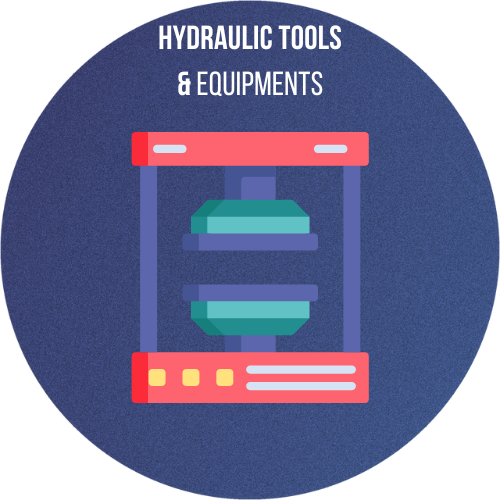 HYDRAULIC TOOLS
HYDRAULIC TOOLS  BUYER’S GUIDES
BUYER’S GUIDES 